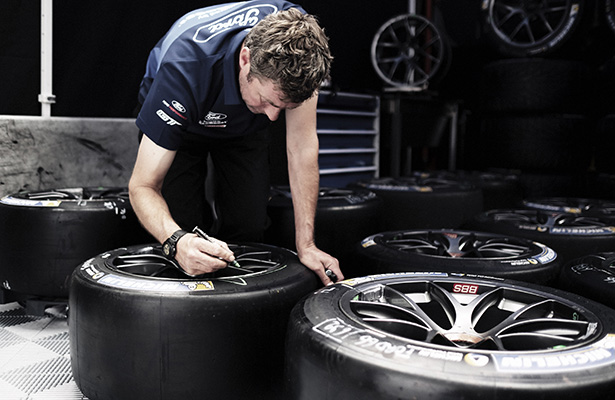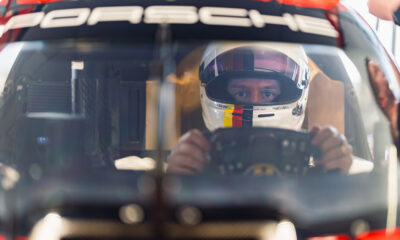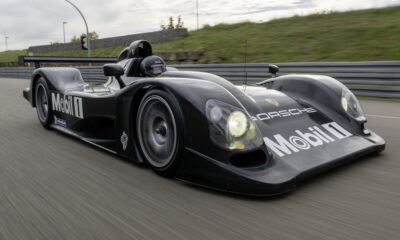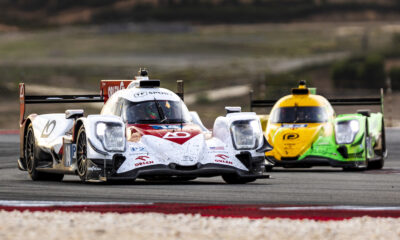
Photo: Francois Flamand/DPPI
Every year, Le Mans stands out as one of the season’s biggest challenges that Michelin faces, so the many aspects of its planning for the race need to dovetail perfectly in order to ensure that its partners benefit from the best possible service.
For many, race week kicks off with the first practice session on Wednesday, June 14. For Michelin, however, it all begins about two months upstream at its Cataroux plant in Clermont-Ferrand, France.
More than 5,000 tires are manufactured before being trucked to Le Mans in a fleet of 13 semi-trailers, with transport arrangements planned to minimize haulage-related emissions.
At the track, Michelin’s bespoke compound includes an 800-square meter covered stores area.
Michelin Motorsport has long paid careful attention to the versatility of its racing tires. Their respective operating windows have been widened over the years to simplify the work of partner teams and also significantly reduce the number of tires that need to be made and trucked to Le Mans.
The subsequent savings in terms of raw materials, energy consumption and greenhouse gas emissions are compounded by a gradual lengthening of each tire’s useful life. Indeed, quadruple stinting, at least, has become a regular feature of the LMP1 battle at Le Mans, along with triple-stinting in the LMP2 and GTE classes.
For the 2014 race, Michelin introduced a range of new-generation LMP1 tires which are not only 15 percent smaller but which also represent a weight saving of 8kg per set of four.
Combined with the reduced quotas introduced for the other WEC rounds in 2017, the bottom line is a saving of 12 tons of raw materials over the course of the championship.
Alongside its covered stores area at the track, Michelin has a 600-square meter workshop where its 45 fitters work on three ‘production lines’ (fitting/removal, inflation, balancing).
Like their colleagues who work for the racing teams, Michelin’s staff work in shifts on Saturday and Sunday to ensure a non-stop service.
Twenty specialist advisers are delegated to work with each of Michelin’s partner teams throughout the event, while 15 engineers and development experts are on hand to monitor performance and analyze the tires as they come off the cars, before transmitting the data they collect to their colleagues back in Clermont-Ferrand.
After the race, used tires are returned to Michelin’s base in central France where they are further dissected before being recycled.

























